The Sausage King of Brooklyn, Part 1
Read Part 2 and Part 3 of this story. There are as many ways to make a fortune as there are fortune seekers in this great city of ours, and that has been true since the very beginning. The 19th century saw great wealth being made by those who invented, manufactured, or sold everything from…
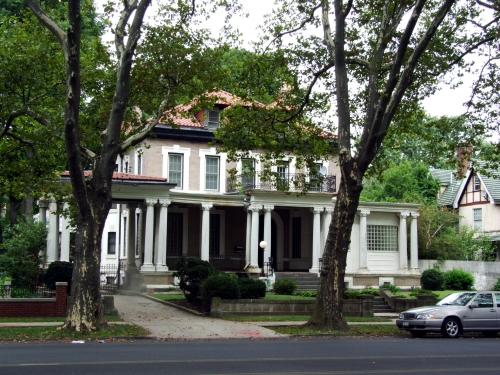
Read Part 2 and Part 3 of this story.
There are as many ways to make a fortune as there are fortune seekers in this great city of ours, and that has been true since the very beginning. The 19th century saw great wealth being made by those who invented, manufactured, or sold everything from water meters, to coffee, to machines that fold boxes, typewriters, to Chiclets gum.
Food items, or a great recipe, can make a man a millionaire, and so it was for a German immigrant named Adolf Gobel, the early 20th century “Sausage King” of Brooklyn.
Great wealth brings great rewards, and the Gobels family enjoyed life in a large, impressive home that still stands, although the neighborhood and the Gobel family are no longer household names.
But like many families with great wealth, their story is also filled with family drama, tragedy and acrimony, much of which became fodder for a public always eager to read that the rich can be just as contentious and miserable as everyone else. Here, too, is the story of a corporation that also had an interesting history, and was part of the change in America’s food consumption habits throughout much of the 20th century.
Adolf Gobel came to the United States from Germany as a young man, in 1884. By 1891, he was in the meat business, going from butcher shop to butcher shop in Manhattan and Brooklyn, with a basket full of delicatessen products for sale. His first products were hand-made sausages, and soon this peddler found that his products were so in demand that he needed to produce them in quantities far exceeding what his baskets could hold. The Adolf Gobel Company was born.
In 1904, Gobel contracted builder Adam Wischert to build a factory on the corner of Rock Street and Morgan Avenue in Bushwick. Wischert, whose name is often listed in the Builder’s Guide as “Wischerth,” which makes investigating fun, would have a long and interesting history with Gobel. Wischert(h) was a well-known name in the Bushwick/Highland Park area, with both commercial and residential projects to his credit.
He was both an architect and a builder, but usually contracted his more involved design projects out to better architects. He is listed as the architect for mostly low design projects such as garages and warehouse space.
The Gobel factory, with its many later expansions and additions, was designed by architect Louis Allmendinger, a talented architect whose name appears often in the early 20th century, for his work in Brooklyn, Queens, and the Bronx.
His most well regarded building is probably the Russian Orthodox Cathedral of the Transfiguration of Our Lord, on Driggs Street in Greenpoint, designed in 1916. He worked with Wischert on several projects for other clients, as well.
Adam Wischert’s address up until 1908 or so, is listed as 279 Highland Boulevard, the finest street in the Highland Park neighborhood, which abuts Highland Park and overlooks New Lots and East New York and beyond, from its lofty height.
The neighborhood had developed as an upper-middle class and wealthy enclave in the last decades of the 19th century, and most of its well-to-do residents were of German descent. Many of the large suburban homes on the north side of the street were built between 1900 and 1908, including the large mansion at 279, arguably the finest house on the block.
Bushwick, and the Gobel factory, weren’t all that far away from Highland Park, and perhaps this was one of the reasons that by 1910, the house belonged to Adolf Gobel. I was not able to positively determine if the house was built by Wischert for himself, and subsequently sold to Gobel, or if he had a previous building torn down and this fine mansion built specifically for the Gobel family.
Louis Allmendinger was probably the architect. He was definitely the architect for an addition that Gobel added in 1914. The working relation between all three men would last until Gobel’s death.
The house is a self-made man’s dream, a large light colored brick house with a prominent porte-cochere and porch with neo-classic stone columns, capped with a Mediterranean tile roof. It lies on a central plot of land, and would have looked out over the ridge to the valley below.
Behind its landscaped lawn lies a huge carriage house garage, large enough for the family touring cars. There are other very nice houses on this block, but this one still attracts the most attention, even though the original owners have been long forgotten.
The Adolf Gobel Company continued to expand as the century progressed. He originally intended to be a sausage company, and his sausages were well regarded as tasty, and of the finest quality. He soon became known as “Adolf Gobel, the Sausage King.”
The factory expanded at least three times before 1920, as demand became greater and greater for his products. Sausage may have made him king, but the new American demand for frankfurters, which are, after all, a kind of sausage, as well as sandwich meats, made him rich.
This was Coney Island’s heyday, and the new “hot dog” was all the rage as an easy and cheap food for the masses. The delicatessen, brought to America in the late 1880s by German and German Jewish immigrants, had become a New York City staple.
Processed and cured meats, along with cheese and other products, were extremely popular. A new appreciation of the sandwich, as an affordable lunch staple for a city on the go, was in progress, and the demand for quality meat products was on the rise.
Adolf Gobel soon found himself producing not only sausages and frankfurters, but all kinds of meat products. His company soon expanded to other locations, his selling territory widened, and more and more employees were hired. By the 1920s, Gobel’s sold a wide variety of products, including both fresh and smoked meats, under the trade name “Gobel’s – Quality first – Pure meat products.”
Ham, bologna, corned beef, bacon, and of course, sausages and hot dogs, were distributed through delicatessens, butchers and restaurants across the Northeast. Gobel’s was the largest independent sausage and meat manufacturer in the country in 1924.
Adolf Gobel had a wife, Ottillie, and four children. Adolf Gobel, Jr. was the heir apparent, but his sister, also named Ottillie, was probably the more dominant personality. There were two other sisters, Helen and Edith. In addition to the Highland Boulevard house, the family also had a large country estate in Annendale, New Jersey. By 1924, daughter Ottillie had married, and now lived at 1 Montague Terrace, in Brooklyn Heights. Adolf Junior was attending Columbia University. The other girls were still in school.
On March 24th, 1924, the “Sausage King” died in his home, quite suddenly, he was only sixty years old. The funeral was held three days later, at the home at 279 Highland Boulevard. It was attended by a large crowd, as Gobel had been a popular man, as well as a very successful member of the community.
His estate was valued at $3 million dollars, with even more money tied up in the business. His remains were buried at the estate in Annendale, and his grieving wife soon hired an architect named Sigwart John Reed to design a fitting monument to her husband.
This monument would be the start of a battle royal, and would lead to a marriage, and lots of time and money spent in court. Then a horrible accident changes everything. What happens to the company that Adolf Gobel started? Who wins and loses? The story of the Sausage King’s family and business continues, next time. GMAP (Photograph: Gobel house at 279 Highland Boulevard, Highland Park, Brooklyn)
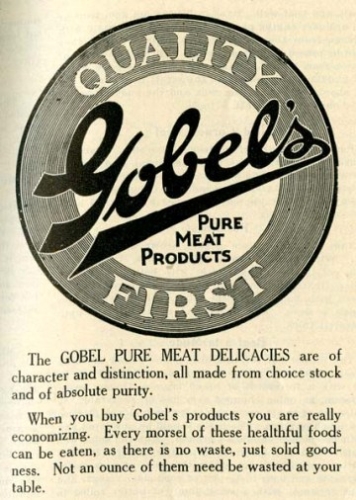
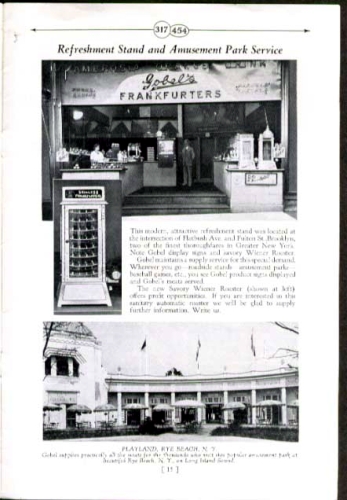

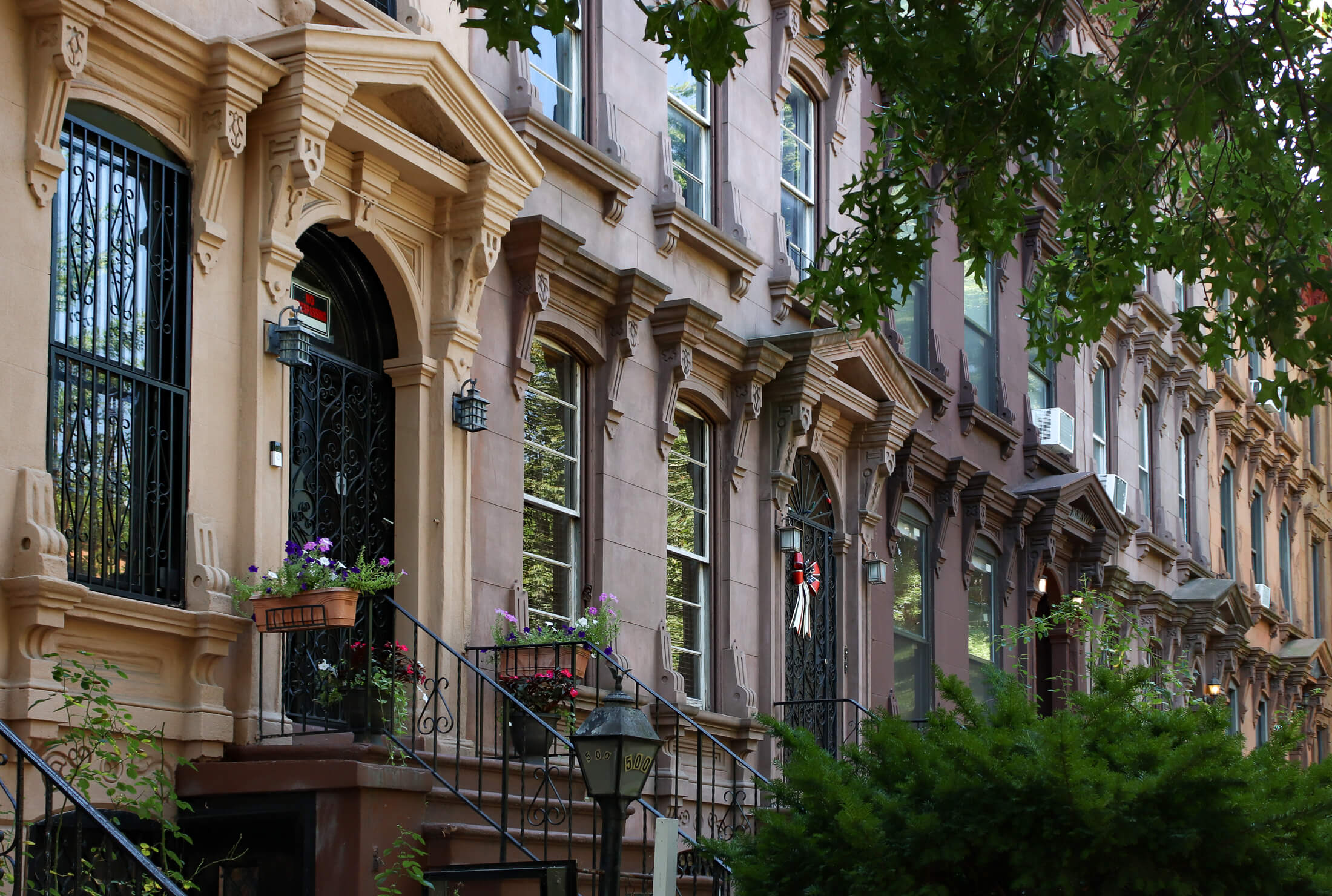

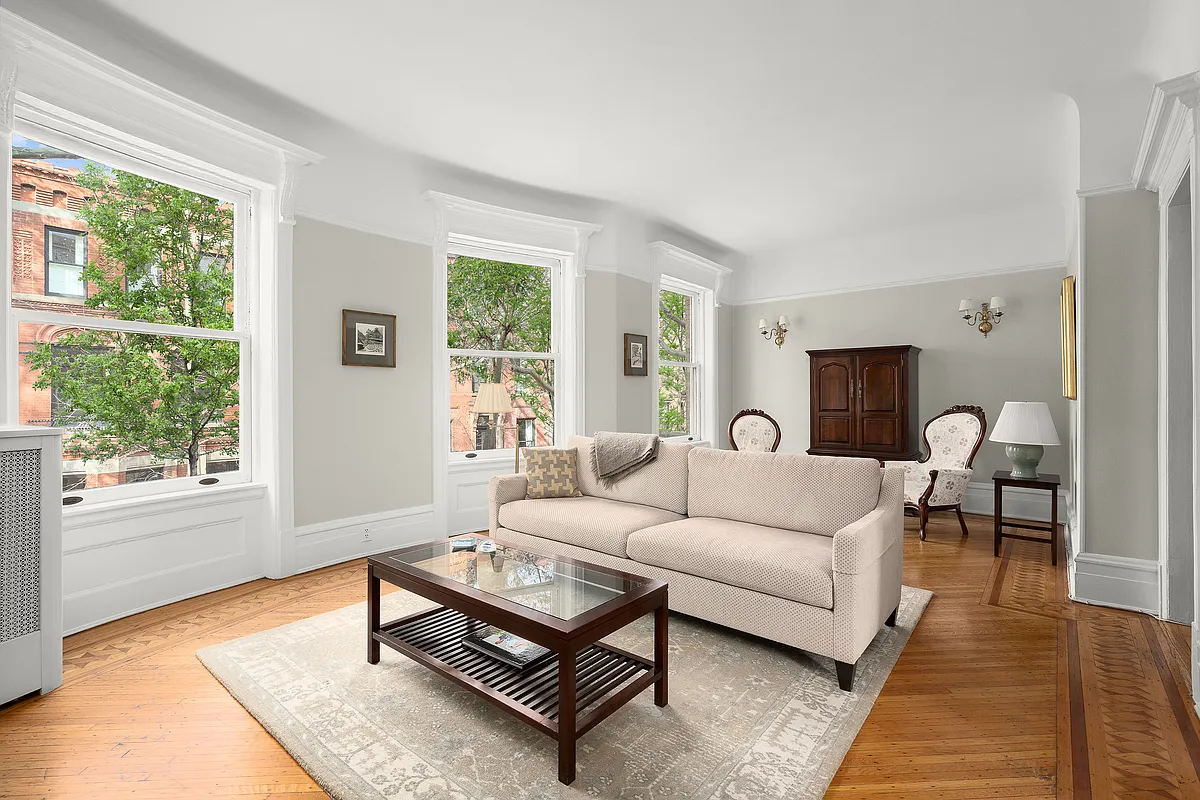



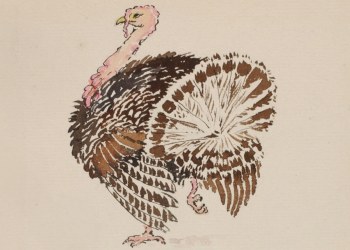
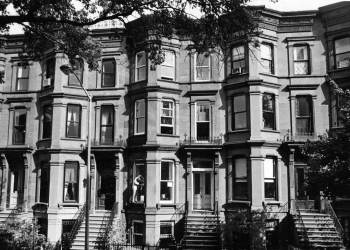
What's Your Take? Leave a Comment